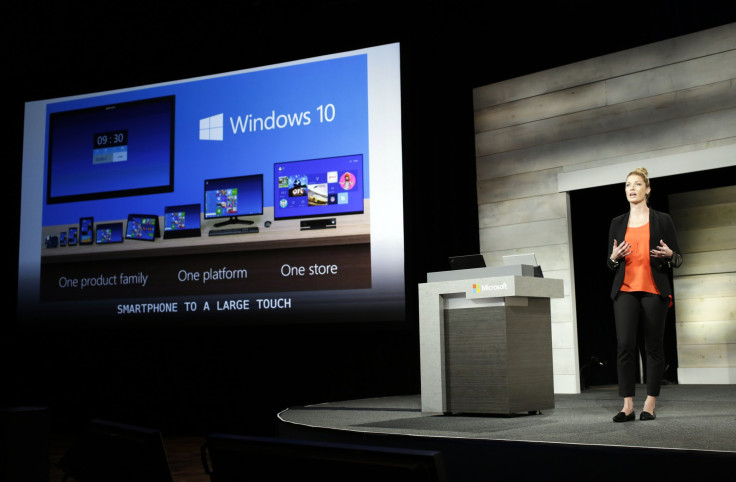Windows 10 Technical Preview For Phones: How To Get It And What’s In It

The Microsoft Corp. has released a preview version of its Windows 10 operating system for smartphones. The software maker is counting on the OS -- designed to stretch seamlessly across personal computers, tablets and phones -- to reverse its slide toward irrelevancy in a consumer market where computing is moving away from desktop devices to mobile gadgets. Microsoft expects to ship a final version of Windows 10 this year.
The Windows 10 Technical Preview for phones is now available to members of the Windows Insider program. Nonmembers who want to try out the OS can easily join by enrolling at insider.windows.com. Upon registration, members can download the Windows Insider app. They will then automatically receive new builds of the software over the air as they become available.
For now, the Windows 10 Technical Preview for phones will run on just a handful of Microsoft’s Nokia Lumia smartphones. Specifically, it will work on the Lumia 630, Lumia 635, Lumia 636, Lumia 638, Lumia 739 and Lumia 830.
“We are starting with a limited set of devices supported for this first preview,” Gabe Aul, Microsoft engineering general manager, said in a blog post announcing the release. “There’s a lot to love about this build, including familiar features and small improvements, as well as some great new capabilities,” Aul wrote.
Among the enhancements Windows 10 brings to phones, according to Microsoft’s Aul:
- Full-size background image for start: We believe phones should be intensely personal -- so we’ve added another option to customize the start screen with a full-size background image.
- More quick actions in action center: We’ve increased the number of quick actions available to you. Windows Phone 8.1 has four programmable quick actions -- but with Windows 10 you also get an expanded view that can now have up to three rows.
- Interactive notifications: Notifications are now interactive, allowing you to take action directly like dismissing an alarm, or seeing images for maps. For example, for text messages, when the toast pops, you can quickly reply inline via text or voice.
- Significantly enhanced speech-to-text capability: You can talk to virtually any data field you choose. Your words show up as you speak them -- and punctuation appears automatically. This feature is smart enough to understand when to use “two” -- the number -- instead of “too” as in “also.”
- More powerful Photos app: From your very first launch, Photos will show the aggregated set of all your local photos and all your OneDrive photos.
There’s also a number of issues necessitating wariness on the part of users: Existing alarm settings will not be migrated to Windows 10, Wi-Fi settings will no longer roam, there is no support of virtual private networks, and the performance of photo apps may be quirky.
Microsoft has yet to announce a formal release date for Windows 10, which is the immediate successor to Windows 8.
© Copyright IBTimes 2025. All rights reserved.




















